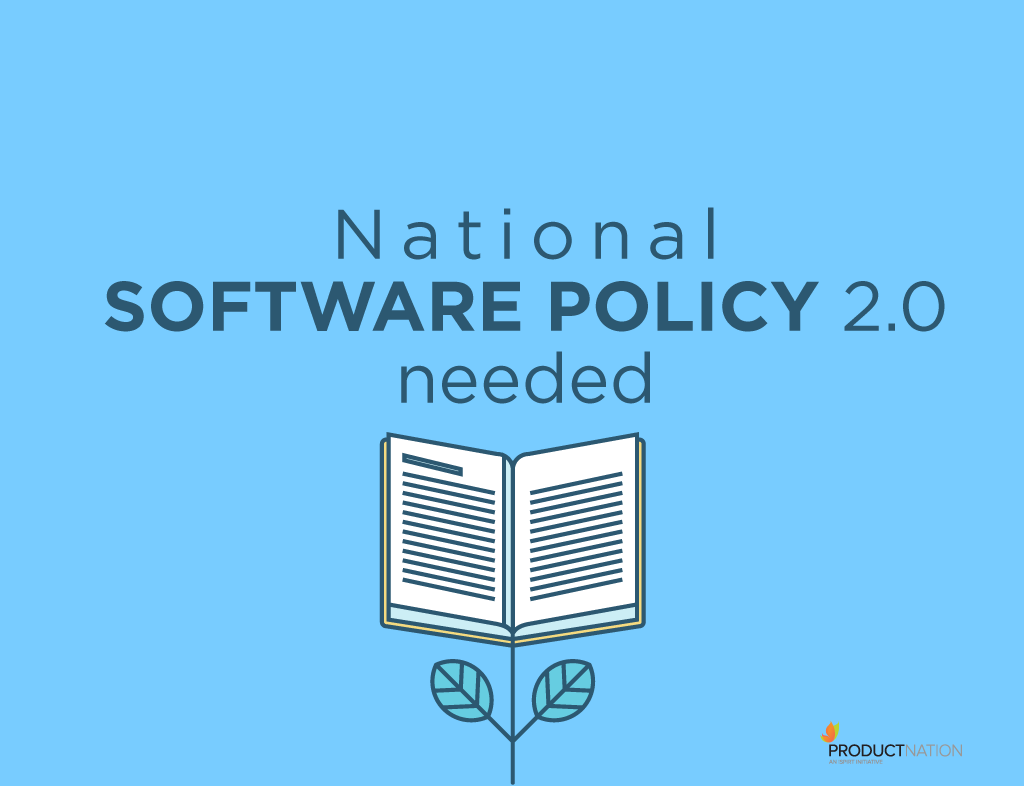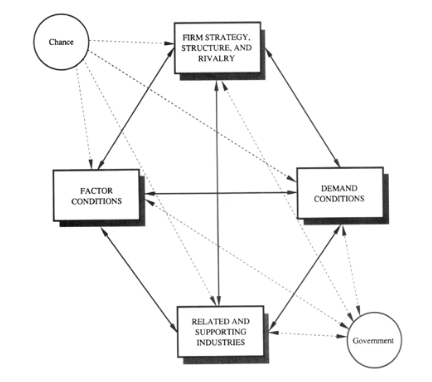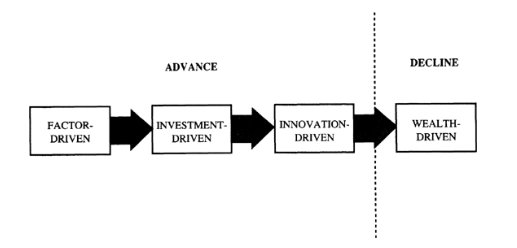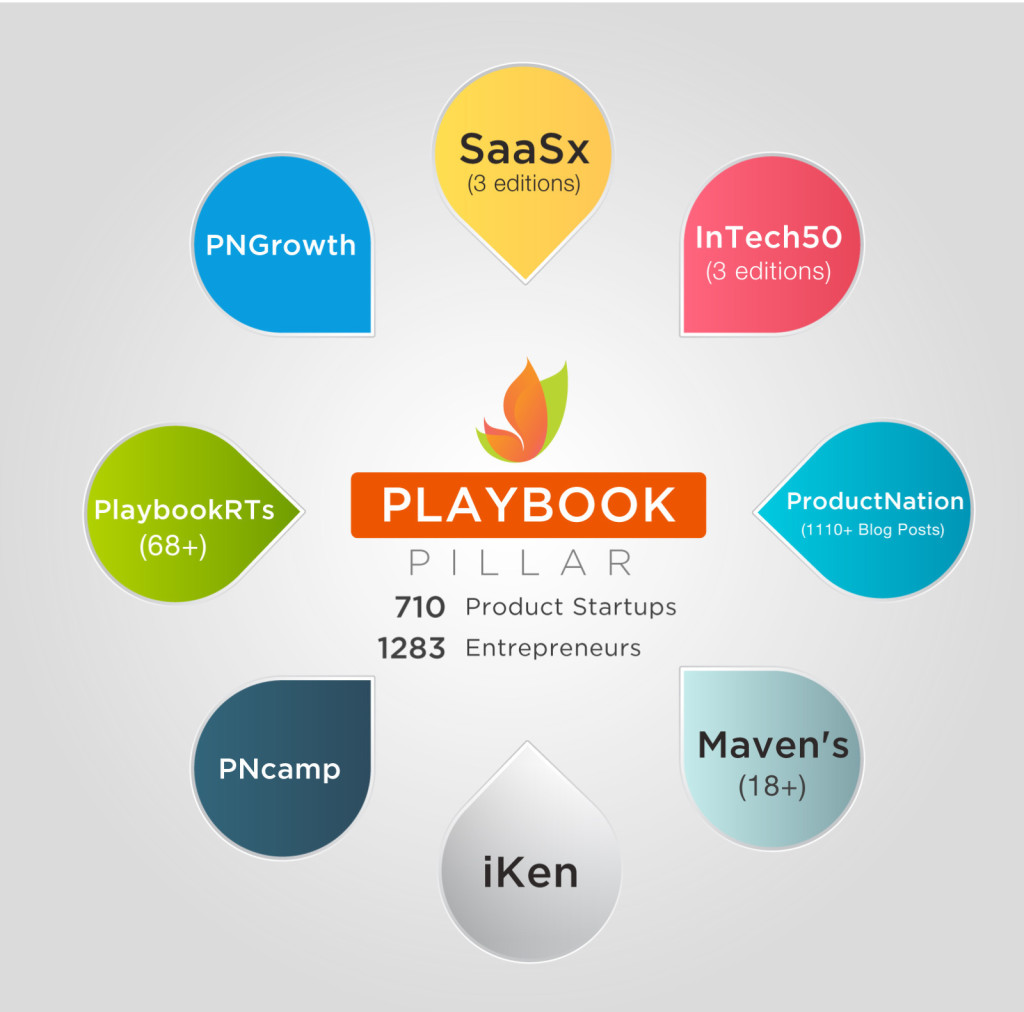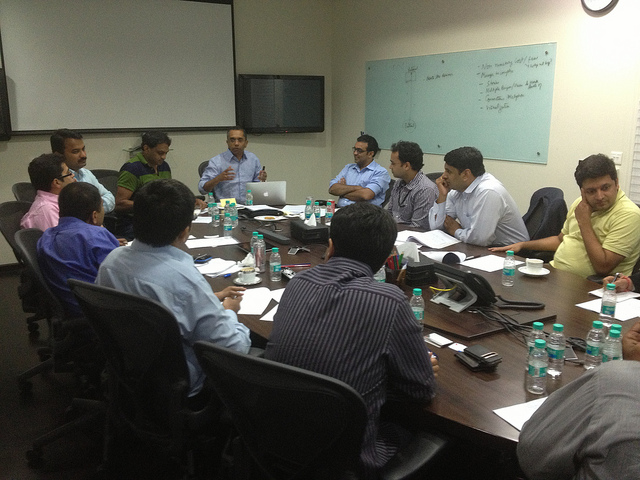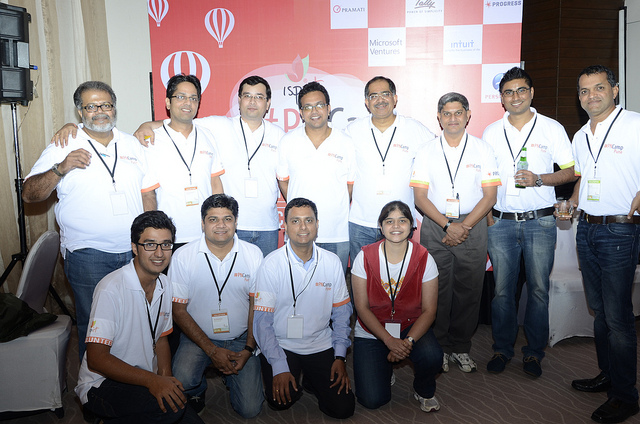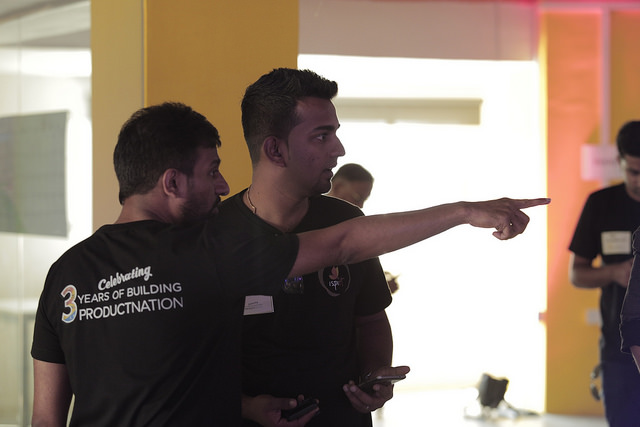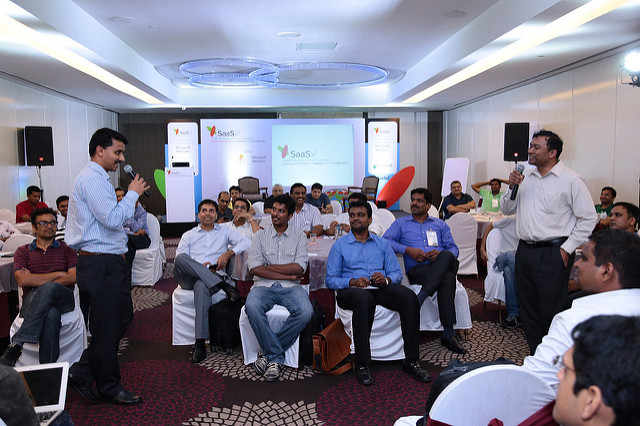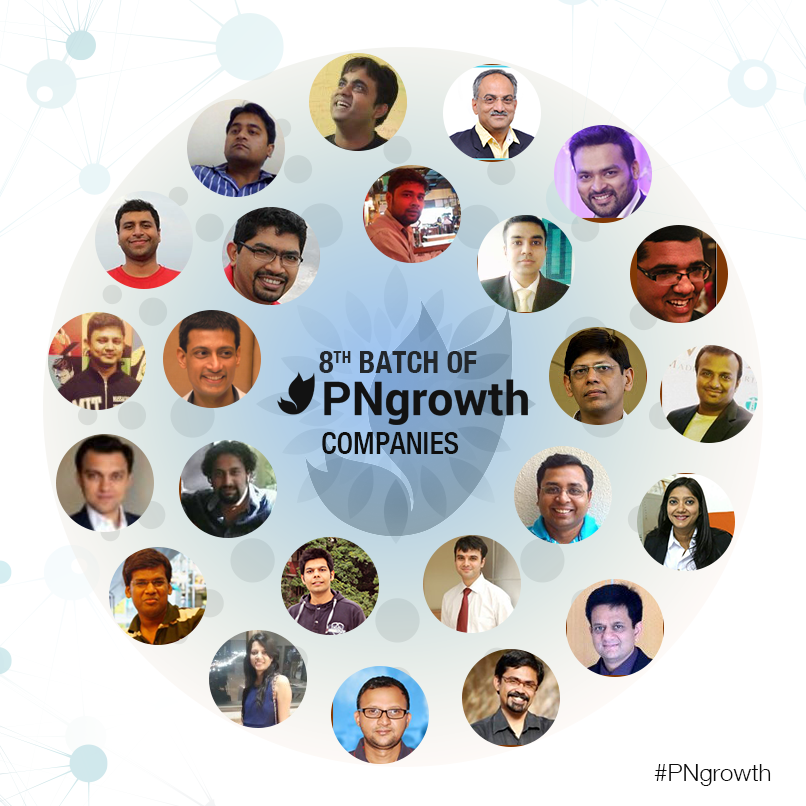For the last two decades I have followed global products and success stories, and a question constantly in front of me is why India has very few globally comparable products and even fewer category leaders?
Despite India’s vast engineering resources, budding design talent, and our hustle mentality, we have not been able to create a stream of successful global products. Our startups, even after massive rounds of funding, have been unable to scale beyond our borders and establish a global footprint. Our founders have been often accused of just copy-pasting successful ideas from the west, and we have rarely developed products that global tech giants keenly wanted to acquire!
These observations bring up the next set of questions in my mind. Do we have a fundamental problem of the absence of a solid product culture and a mindset? Has our very strength — an abundance of engineering talent — become a crippling weakness? We are great at writing code to replicate or adapt something, but are we mediocre at creatively problem-solving to develop something from scratch?
Let me try to dive deep and answer these questions through a lens of an artistpreneur and product thinker.
What is an artistpreneur? What is a product thinking mindset?
We have all experienced great products — WhatsApp, Twitter, Airbnb, to name a few — that have pushed the boundaries of design, technology, communication and social behavior, and simplified the interplay of all of these for users. People behind these products possess a rare combination of entrepreneurial and artistic thinking. We call these people ‘artistpreneurs’ (artist + entrepreneur) since they apply creative thinking to solve hard problems and in the process create value for everyone. We need precisely such people in India, who can solve problems in a way that works well in our context.

An artistpreneur understands that building great products is very difficult because it goes beyond what all one can logically conceive. It requires a critical observation of the drivers of human behavior, passion for tinkering and fixing things, and an ability to weave a story and delight users with good technology and design. Successful artistpreneurs are able to weave all of these skills to build great products. They do so by constantly nurturing and developing a mindset which allows them to think through each step of developing a product very creatively. We call this a product thinking mindset.
How can one develop a product thinking mindset?
Product thinking mindset is based on the following 5 key tenets, which anyone can master with deliberate practice:
- Founder gut-feel & insight into a real pain point or opportunity.
- Willingness to push the boundaries of existing solutions.
- Ability to articulate and design a viable experience.
- Ability to experiment with focus & speed.
- Staying connected to the customer.
Building a great product is often a function of founder gut-feel that gets translated into successful products. Founder gut-feel comes from a real pain point or opportunity that the founder faced or saw close at hand. Ability to critically observe how users solve or work around a pain point helps refine the gut-feel.

Once a pain point is identified, the founder quickly reviews the current market solutions, rips them apart and identifies the solution that would disrupt the current equilibrium. This is where the founder is not afraid of pushing the boundaries of existing solutions.
When the idea or a solution concept first gets conceived in a founder’s mind, depending upon the resources & skills available, he/she articulates and design a “Minimum Viable Product / Prototype (MVP)”. Typically, this is a very fast short cycle, which happens over a few weeks to a month to get something out there.
This is not a stage where founders let their creativity be hampered by business models and the “how will you make money out of this” kind of questions. If Jack Dorsey or Jan Kuoum would have tried to solve this question at MVP stage, the world wouldn’t have likely seen Twitter or WhatsApp the way it exists”

There are many factors crucial to making a Minimum Viable Product (MVP) successful, such as timing, environment, ability to reach out to early adopters, etc. Even if all of these are taken care of, but the founders aren’t willing to experiment with speed and focus, then the MVP may not graduate beyond this stage. During MVP stage, founders relentlessly monitor the proposed solutions and experiments, observe the usage, record the hits & the misses, recognize more latent pain points & opportunities, and go back to rapid iterations. Founders know that identifying the right pain-point and market generally takes many iterations and benefit from their passion for tinkering.
Only a handful of those founders, who graduate from MVP stage and launch useful products, go on to become great founders, the ones we all want to emulate. They do so by not only embracing the above-mentioned four behaviours but also by developing an acute customer-centric focus. These founders learn to put customers at the forefront of everything they do, every single day. When they repeat the entire process over and over and apply design thinking on the top of that, they facilitate the birth and growth of great products.

Why is a DNA of product thinking so important?
While we can argue that product thinking mindset improves the odds of succeeding for founders at launching great products, they also depend on access to a mature support environment. Armed with a product thinking mindset the artistpreneur founders have to work, grind and leverage their support environment and ecosystem to bring to life their visions of change. Thus the birth and growth of these products of change are also nurtured by a good product thinking environment.
This DNA combination of product thinking mindset + a product thinking environment paves the way for a whole ecosystem to thrive on innovation and mutual, complementary successes. Pinterest brought card design into the popular imagination, Twitter brought hashtags into the mainstream, Gmail got AJAX into the limelight — the list is long and it is predominantly a list of products driving technology, design and process innovations, upon which other great products were built.

We have seen good product thinking and success from Indian companies like Zoho, BrowserStack, Freshdesk, VWO, Kayako, FusionCharts, Postman, Appointy, InMobi, HelpShift, Indix, Rategain, Zenoti, WebEngage, SimpliLearn and SignEasy, among some others. These are products which have been successful in establishing a global market footprint. We also have examples like Myntra, Bookmyshow, Paytm, Cleartrip, Zomato, UrbanLadder, Swiggy, etc which clearly articulated their product value with an appropriate user experience that was globally comparable while focusing on the local market. We can perhaps think of a few more such successes. However, such successes are mostly isolated and have not yet given way to a sustainable product thinking ecosystem since the critical learning and complementary successes from the struggle and rise of the few are yet to trickle down to all the participants of the ecosystem, whether small or big!
We need our product environment to grow more mature. We need to nurture and support founders, allowing them to solve hard problems like their successful predecessors, and help create a critical mass for building a vibrant and evolving product ecosystem.


What is holding us from developing a strong product thinking ecosystem?
We all know for a fact that a vibrant and mature ecosystem — like Silicon Valley — generally offers an inherent competitive advantage to all its participants for their very participation. There are many important factors that help an ecosystem flourish and evolve to such a stage; some of these factors are the regulatory framework, government support, availability of talent & financial resources, norms & culture, a presence of many successful participants, etc. While we cannot always or directly control these factors, we can certainly control how we think and behave. We have identified the following idiosyncrasies and biases that potentially prevent us (India) from building a very strong product thinking ecosystem. The list is not exhaustive and we try to cover each of these ideas in brief:
1.
Jugaad mentality: Jugaad refers to any smart improvisation, typically developed with a lack of sufficient resources. While it sounds extremely smart, which in many cases it is, it has generally come to manifest itself as a philosophy of solutions that are quick fixes and only get one as far. The long-term disadvantage of blindly following this philosophy is that we as founders or customers are always seeking to solve just our current pain point. Therefore, we end up building solutions rather than products that require one to address fundamental issues. It wouldn’t be unfair to say that our lack of patience to understand real problems and obsession with short-term wins only add to Jugaad mentality eventually reducing our odds of long-term success as a product nation.
2.
Code first, solve later: Einstein once said “If I had only one hour to save the world, I would spend fifty-five minutes defining the problem, and only five minutes finding the solution. And, like I hinted in the first section of this article, we fear that our abundance of engineering talent is perhaps resulting into our obsession with coding, way before we have fully comprehended the nature of the problem we are attempting to solve. This often results in us developing a solution for a problem that didn’t really exist or existed for a very few people or us having a misplaced belief that more features mean better odds of success! Eventually, we end up developing products that generally lack product-market fit and then witnessing extremely slow growth or painful death of products that once appeared promising.
3.
Mistaking funding for success: This is one of the classic myths! Many of us like to believe that a start-up getting funded is the only hallmark of success. Such is the importance we place in getting funded that many founders start companies solely with the intent of raising funds or getting sold (and thus thinking they will make quick fortunes)! Since raising funds is a very consuming process, it has a serious consequence of founders not devoting enough time to their start-ups to validate or solve the real problem, which is often hard, or founders having a very short term vision since they are looking for a quick exit. Unfortunately, for many who do get funded, the feeling of having arrived results in losing focus from the real problem for which they got funded and them becoming complacent and wasteful with the abundance of cash. The reality is that getting funded only improves the odds of success and doesn’t guarantee anything. And a founder, who is on a mission to make it great, knows that funding only means another (important) validation that comes with an intense pressure to solve the real problem sooner than he or she thought!

4.
Built for scale -vs- hiring for scale: Great products generally solve problems with algorithms of scale and efficiency, which result in noticeable economic gains from growth. Products not built for scale do just the opposite; they become difficult to run and manage, and more expensive as a result of growth. Some founders solve for such problems during the growth stage by simply employing manpower into the problem solution to compensate for building a coherent product solution. While this approach to augmenting the product with human intelligence may be ok in the initial stages of validation, there is a natural tendency in the rapid growth stages to continue to add more people with every phase of growth. This strategy soon becomes unmanageable or extremely expensive, and the same, fundamental problems still persist, which could have been better solved by applying technology or automation. This strategy also restricts growth in global markets where such human intelligence is not available or expensive. Great founders must know when to build for scale -vs- hire for scale!


How can you help in building a Product Nation?
We have just begun to think about the fundamental problems that are afflicting our country from becoming a vibrant, successful product nation. To take this thinking to execution, we are contemplating various ideas such as product hackathons, interactive in-depth sessions on specific topics, and developing a (mentor) network of founders & product-leaders. However, we know that our ideas alone may not be sufficient to promote product thinking and build a vibrant product ecosystem since these problems are hard as well as huge.
We are sure that you — as readers or participants of the ecosystem — would also have many interesting ideas. We urge you share those ideas and also suggest some interventions that you would like us to pursue. And, if you feel passionate about doing something about this, we should talk.
Stay tuned as we continue to dive deeper on this and establish a program model to develop more product thinkers.

I would like to acknowledge Chintan Mehta, Tarun Babbar & Titash Neogi who have helped me in putting this piece together and have contributed immensely in shaping my thoughts. Also a big shout-out to Aditi Dilip, for all the design and art help.
I would also like to acknowledge various people with whom I have had a conversation around this topic — Pallav Nadhani(FusionCharts), Girish Mathrubootham(Freshdesk), Suresh Sambandam(KiSSFlow), Paras Chopra(Wingify), Ritesh Arora(BrowserStack), Shashank ND(Practo), Sridhar Ranganathan(Credibase), Varun Shoor(Kayako), Amit Somani(Prime Venture Partners), Ram Narayanan(ex-eBay), Sunil Patro(SignEasy), Amit Ranjan(Ex-Slideshare), Praveen Jadhav(Servify), Nischal Shetty(CrowdFire), Tathagat Varma, Mrityunjay Kumar(Zenoti), Rushabh Mehta(ERPNext), Seema Joshi(Serv’d), BG(HelpShift), Vishwesh(Microsoft), Anand Jain(CleverTap), Rushabh Mehta(ERPnext), Niraj Ranjan Rout(Hiver), Krish Subramanian(Chargebee), Avlesh Singh(WebEngage), Sudheer Koneru(Zenoti), Amarpreet Kalkat(Frrole), Sharad Sharma(iSPIRT), Thiyagarajan M(iSPIRT), Nikhil Kulkarni(Flipkart), Indus Khaitan(Sirion Labs), Sampad Swain(Instamojo), Shekhar Kirani(Accel), Sharique Hasan(Stanford), Ashish Gupta(HelionVC), Nagesh Srinivasan(Cleartrip), Ahimanikya Satapathy(DocEngage), Ankit Oberoi(AdPushup), etc There are many more I might have missed here….these are just few names that i could pull together.
This piece has taken me over 4 weeks and probably one of the pieces for which I got lot of inputs. If you would like to read the draft with detailed comments, do let me know 🙂
Special thanks to BG from HelpShift who triggered this thought for me and for Seema Joshi from Serv’d who helped me put my initial thoughts together.


